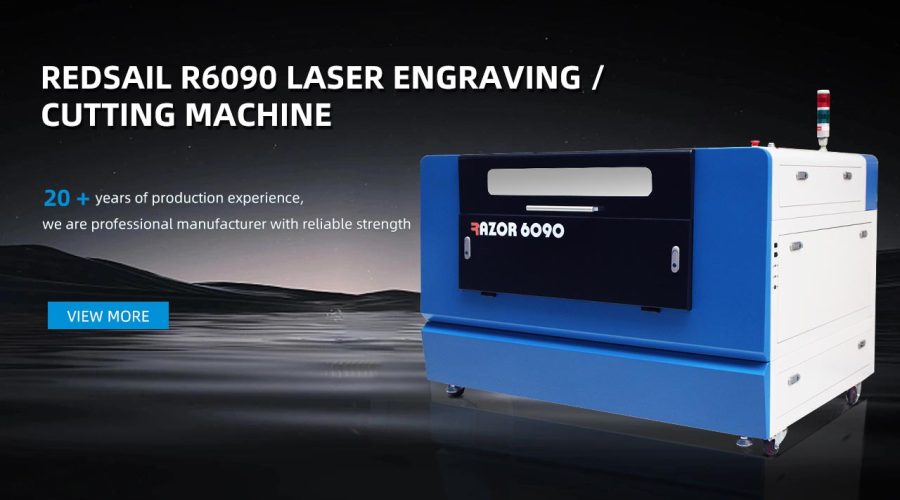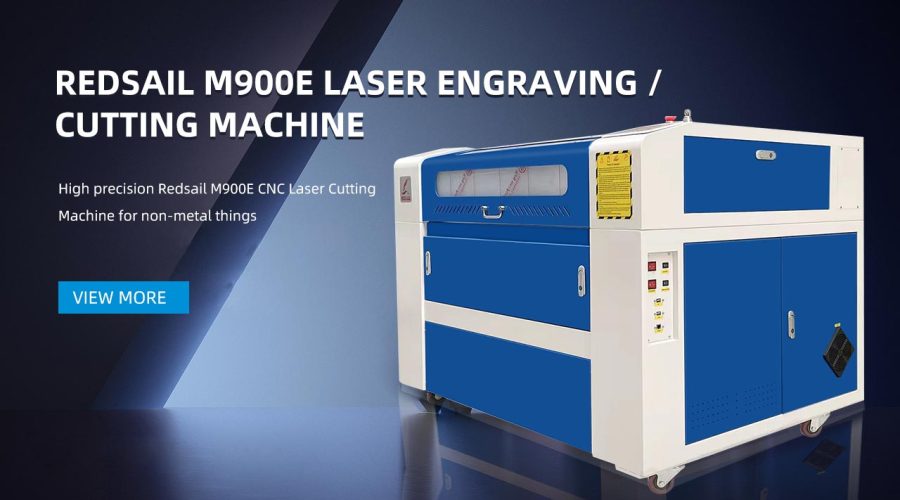Introduction
When it comes to industrial cutting tools, CNC lasers and CO2 lasers are two of the most popular options available. These lasers are widely used for a variety of cutting applications across different industries. While both types of lasers offer precise and efficient cutting capabilities, they differ in terms of their operation, power source, and cutting ability. In this article, we will compare CNC lasers and CO2 lasers to determine which cutting tool reigns supreme.
CNC Laser
CNC lasers, also known as fiber lasers, use a solid-state laser source, typically a crystal or a glass fiber doped with rare-earth elements. These lasers produce a high-intensity beam of light that is guided and focused through a series of mirrors and lenses. The focused laser beam is then directed onto the material to be cut, resulting in precise and accurate cuts.
CNC lasers offer several advantages over other cutting tools. They provide exceptional cutting speed and accuracy, making them suitable for high-volume production. Additionally, they can cut a wide range of materials, including metals, plastics, and composites. CNC lasers are also known for their low maintenance requirements and energy efficiency.
CO2 Laser
CO2 lasers, on the other hand, use a gaseous mixture of carbon dioxide, nitrogen, and helium as the laser source. These lasers generate a high-powered infrared beam that can be focused and directed onto the material to be cut. CO2 lasers are particularly effective in cutting non-metallic materials, such as wood, acrylic, and fabric.
CO2 lasers offer unique advantages, especially for specific applications. They are excellent at engraving and etching, making them popular in the signage and woodworking industries. CO2 lasers also provide a smooth cutting edge and can achieve intricate designs with high precision. However, they may not be as fast as CNC lasers when it comes to cutting metal materials.
Comparison
Now that we understand the basic principles of both CNC lasers and CO2 lasers, let’s compare them in different aspects to determine which cutting tool reigns supreme.
Cutting Speed
When it comes to cutting speed, CNC lasers have the upper hand. Thanks to their higher power and efficiency, CNC lasers can rapidly cut through various materials, including metals, at impressive speeds. On the other hand, CO2 lasers are generally slower, especially when it comes to cutting dense metal materials. Therefore, for applications where speed is crucial, CNC lasers are the preferred choice.
Cutting Precision
Both CNC lasers and CO2 lasers offer exceptional cutting precision. With the ability to focus their beam to a small spot size, they can achieve intricate and complex designs with high accuracy. However, due to their higher power and advanced technology, CNC lasers tend to provide slightly better precision than CO2 lasers.
Material Compatibility
CNC lasers have a broader range of material compatibility compared to CO2 lasers. They can cut through a variety of materials, including metals, plastics, composites, and more. CO2 lasers, on the other hand, excel in cutting non-metallic materials like wood, acrylic, fabric, and paper. Therefore, the choice of laser depends on the specific material being cut.
Operational Costs
CNC lasers are known for their energy efficiency and low maintenance requirements. They typically have lower operational costs, especially when it comes to power consumption. On the other hand, CO2 lasers may require regular gas refills, which can add to the overall operational costs. However, it’s important to consider the specific requirements and usage patterns of your cutting operations when evaluating operational costs.
FAQs
Q: Can a CNC laser cut metal?
A: Yes, CNC lasers are capable of cutting through various metal materials with high precision and speed.
Q: Can a CO2 laser cut metal?
A: CO2 lasers are not ideal for cutting dense metal materials. They are better suited for non-metallic materials like wood, acrylic, and fabric.
Q: Which laser is best for engraving?
A: CO2 lasers are popular for engraving applications due to their ability to achieve intricate designs with high precision.
Q: Are CNC lasers more expensive than CO2 lasers?
A: The cost of CNC lasers and CO2 lasers can vary depending on their power, features, and brand. However, in general, CNC lasers tend to have higher upfront costs but lower operational costs compared to CO2 lasers.
Q: Can I use both CNC lasers and CO2 lasers in my cutting operations?
A: Yes, depending on your specific cutting requirements, you can use both CNC lasers and CO2 lasers in your operations. This allows for greater flexibility and versatility in handling different materials and applications.
Conclusion
In conclusion, both CNC lasers and CO2 lasers have their strengths and suitability for specific cutting applications. While CNC lasers excel in terms of cutting speed, precision, and material compatibility across different types of materials, CO2 lasers are particularly effective in cutting non-metallic materials and engraving applications. The choice between the two depends on the specific requirements of your cutting operations. By understanding the capabilities and limitations of each laser type, you can determine which cutting tool will reign supreme for your unique needs.





